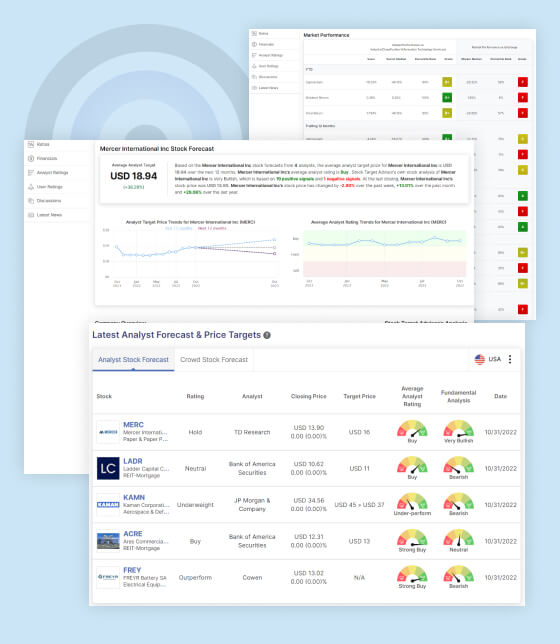Canada’s Economic Engine is Broken
Canada, traditionally known for its stable economic performance, now finds itself at a critical juncture as various indicators signal potential recessionary headwinds. A combination of factors, including a surge in inflation, lackluster job creation figures, and rising unemployment, has cast a shadow on the nation’s economic outlook.
1. Inflationary Pressures:
One of the primary concerns contributing to Canada’s economic uncertainty is the persistent rise in inflation. Inflation, which erodes purchasing power, has been a global concern, and Canada is no exception. The latest data reflects an increase in inflationary pressures, raising questions about the overall stability of the economy.
2. Modest Job Creation Figures:
December’s job creation figure of a mere 100 jobs is another red flag. Typically, robust job creation is a crucial driver of economic growth, contributing to increased consumer spending and overall economic vitality. The meager job creation numbers indicate a potential lack of dynamism in the labor market.
3. Soaring Unemployment Threat:
A more ominous sign is the looming threat of soaring unemployment. High unemployment rates have a cascading effect on various sectors, leading to decreased consumer spending, a slowdown in business activities, and an overall economic downturn. The risk of unemployment reaching alarming levels raises concerns about the resilience of the Canadian job market.
4. Banks’ Balances Sheets Under Pressure:
Major banks, often considered pillars of economic stability, may face challenges in the wake of a potential recession. Weakened economic conditions can lead to an increase in loan defaults, impacting banks’ balance sheets. Loan loss provisions may become a reality as financial institutions grapple with the economic fallout, potentially affecting the broader financial landscape.
5. Navigating Recessionary Pressures:
As Canada stands at the brink of a possible recession, policymakers and financial institutions must consider strategic interventions to mitigate the impact. Implementing targeted fiscal policies, fostering job creation initiatives, and closely monitoring inflationary trends are crucial steps to stabilize the economy.
Analysis and Outlook:
The convergence of inflationary pressures, lackluster job creation, and the looming threat of unemployment amidst unsustainable immigration figures paints a challenging economic landscape for Canada. The potential for a deep recession raises concerns not only for individual households but also for the stability of major banks and the overall financial system.
As Canada grapples with these economic headwinds, a proactive and strategic approach is essential to navigate the challenges ahead. Stakeholders, including policymakers, businesses, and financial institutions, must collaborate to implement measures that promote economic resilience and pave the way for a sustainable recovery. The coming months will be crucial in determining whether Canada successfully averts a recession or faces a more prolonged period of economic downturn, which will all rely upon the government willingness to change its immigration policy to detract soaring demand which has broken the supply/demand equilibrium.

STA Research (StockTargetAdvisor.com) is a independent Investment Research company that specializes in stock forecasting and analysis with integrated AI, based on our platform stocktargetadvisor.com, EST 2007.










































